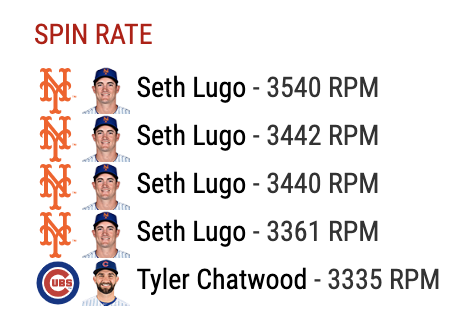Jesus Luzardo Should Make A’s Fans Excited for Next October
Last Wednesday, the Athletics were eliminated from the playoffs at the hands of the Rays and the long ball in the American League Wild Card Game. Yandy Díaz homered twice, Avisaíl García and Tommy Pham each added homers of their own, and the Rays cruised to a 5-1 victory.
Despite the losing effort, it was an A’s player who impressed me the most. Jesus Luzardo, who came on to pitch the sixth, seventh, and eighth innings, had quite the postseason debut. In those three frames, he did not surrender a run, and only allowed one hit and two walks to go along with his four strikeouts. At just 22 years and two days old, Luzardo became the youngest pitcher to throw three or more shutout innings in a postseason game since Madison Bumgarner in 2010:
| Pitcher | Date | Age (YY.DDD) | Round | IP | H | R | BB | K |
|---|---|---|---|---|---|---|---|---|
| Jesus Luzardo | 10/2/2019 | 22.002 | ALWC | 3 | 1 | 0 | 2 | 4 |
| Madison Bumgarner | 10/31/2010 | 21.091 | WS | 8 | 3 | 0 | 2 | 6 |
| Phil Hughes | 10/7/2007 | 21.105 | ALDS | 3.2 | 2 | 0 | 0 | 4 |
| Francisco Rodriguez | 10/20/2002 | 20.286 | WS | 3 | 0 | 0 | 0 | 4 |


